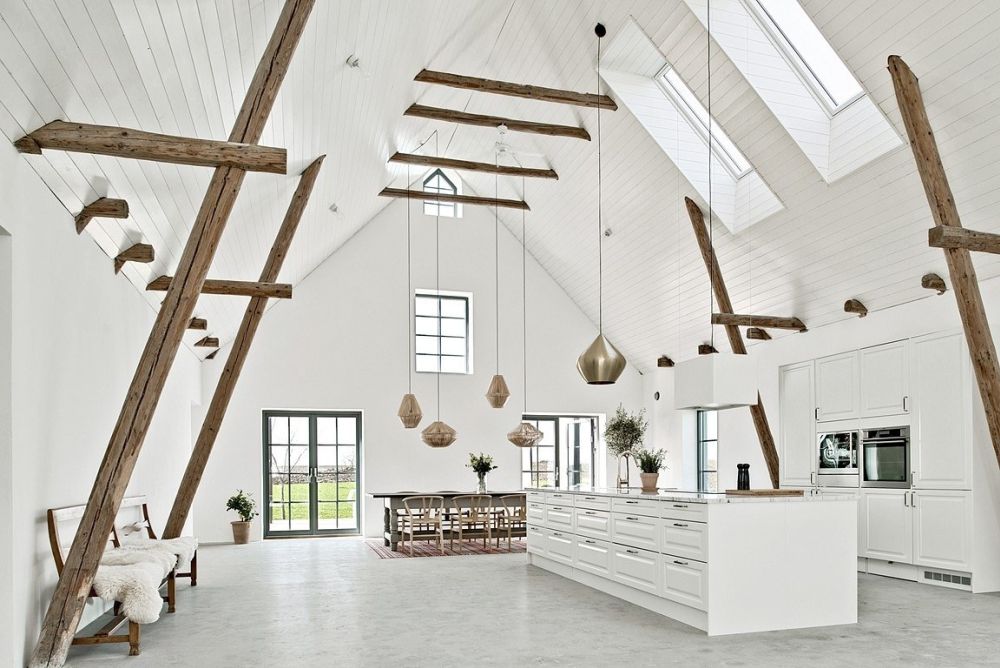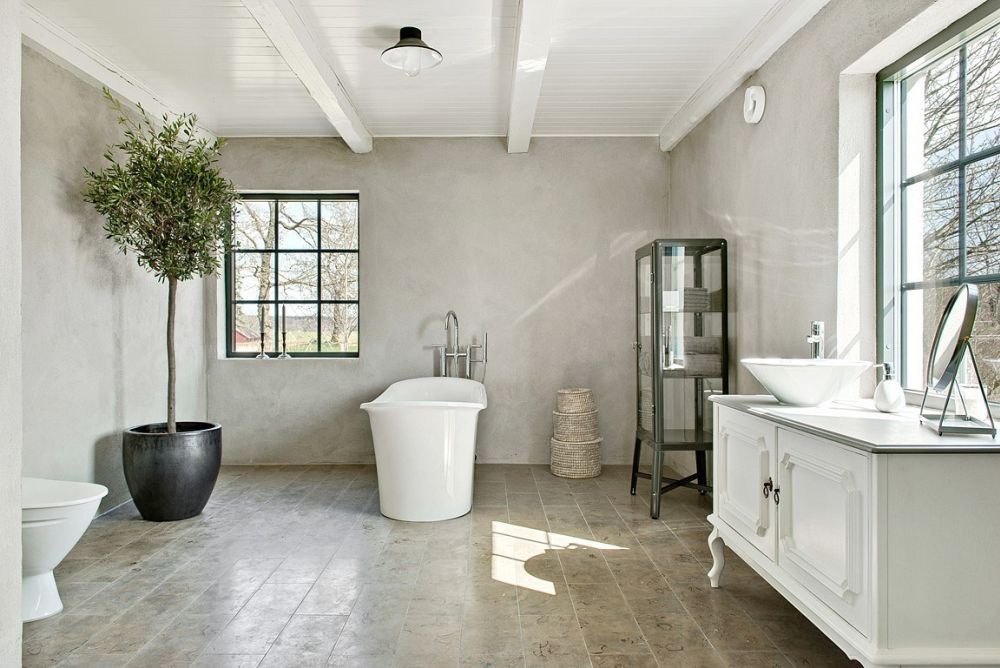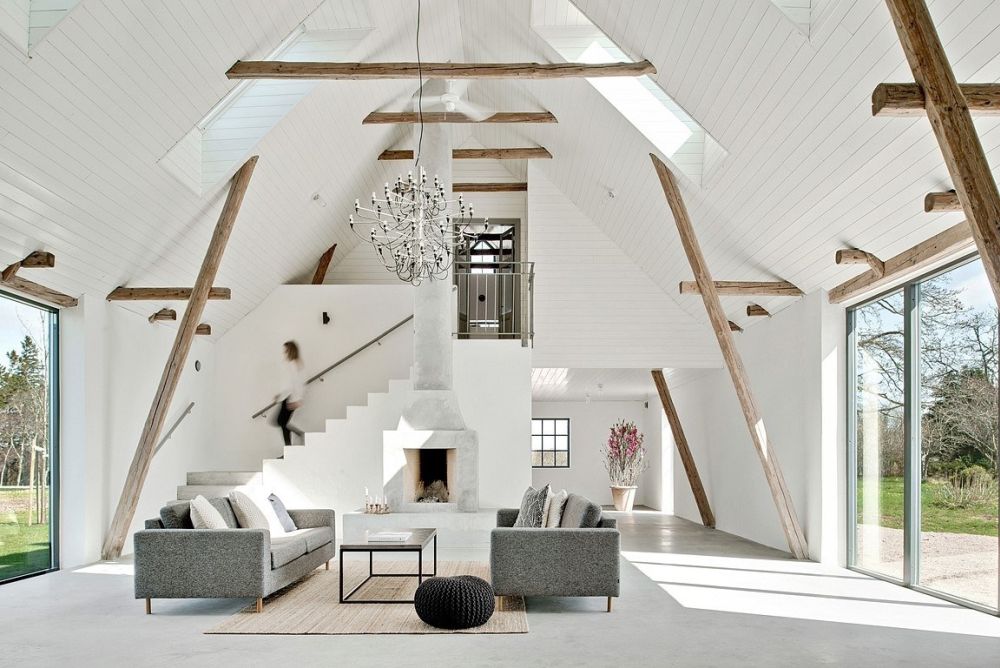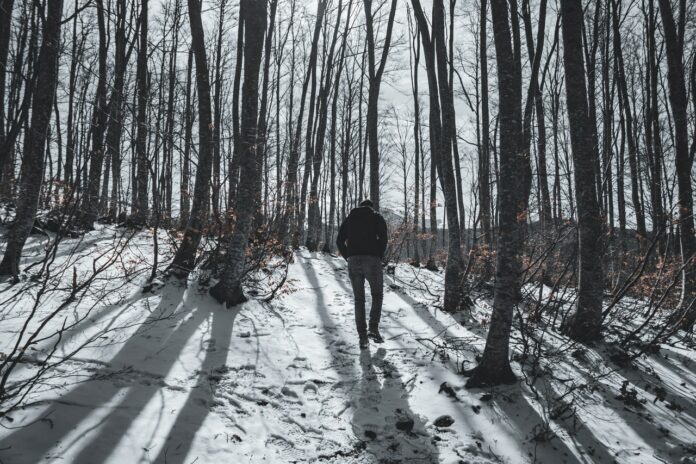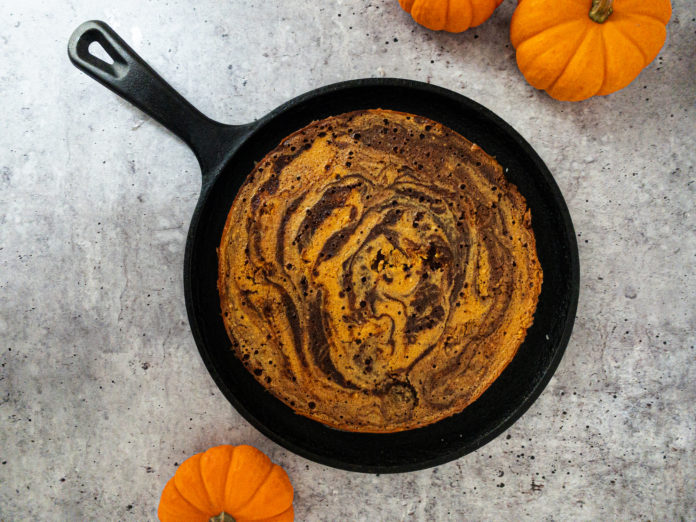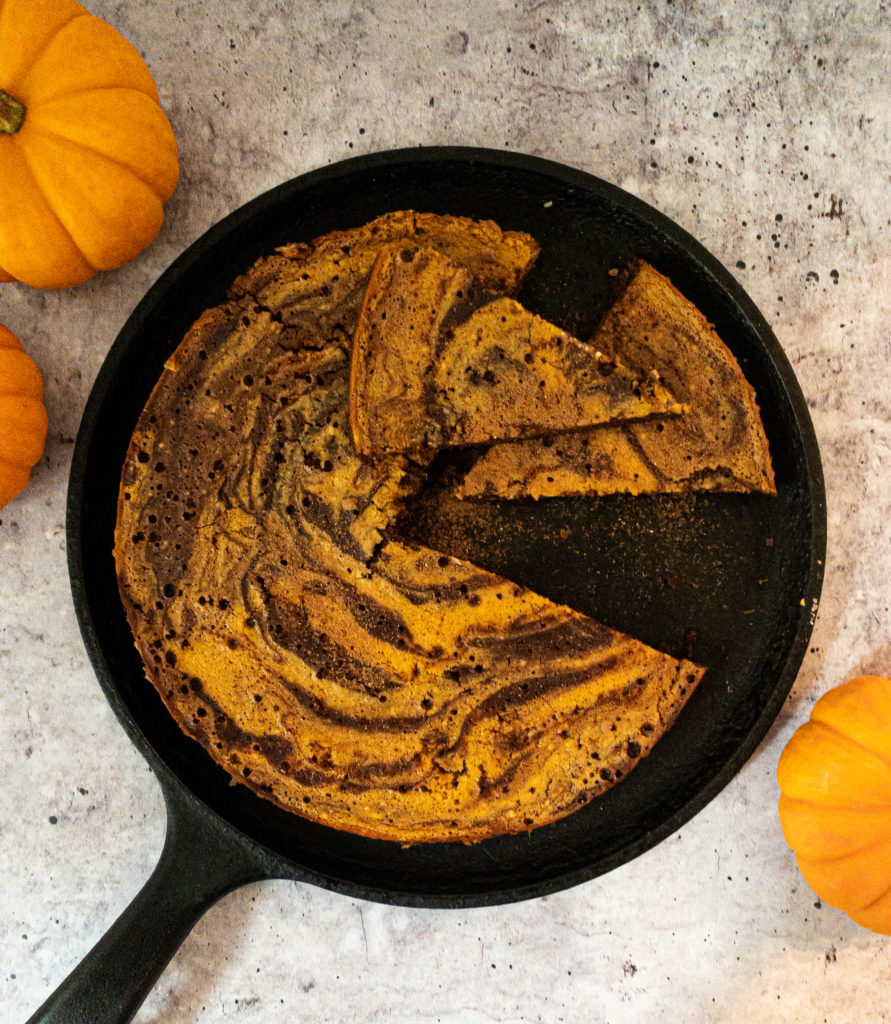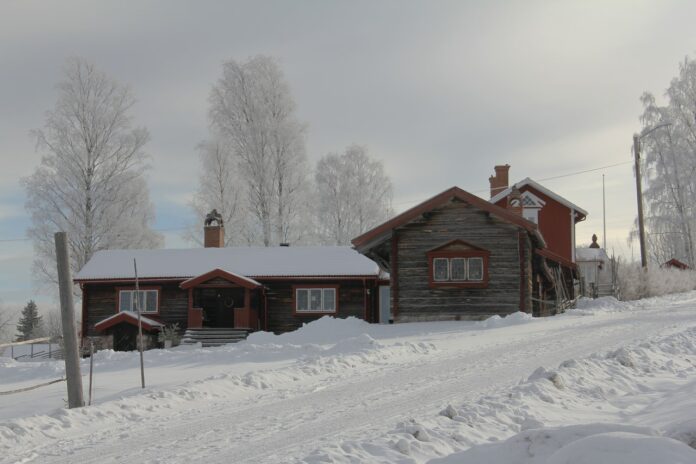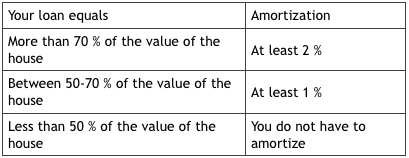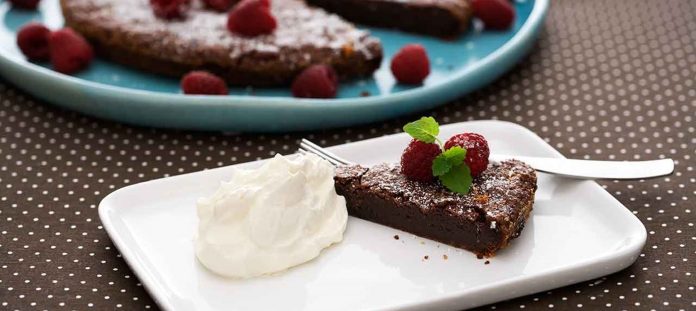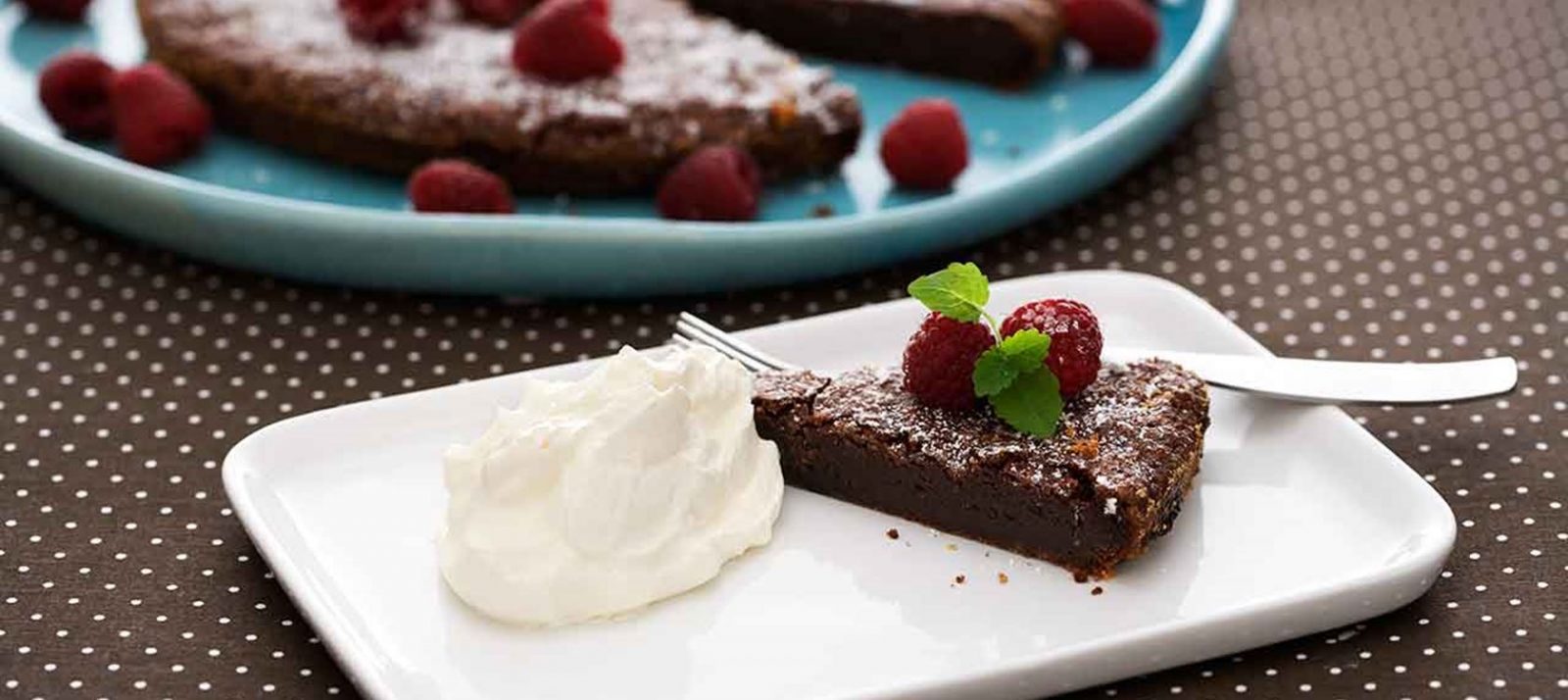Storfilmen “Borg” hade premiär på bioduken i Sverige 2017 och blev sedermera även en internationell succé som bland annat spelades på Toronto Filmfestival. Filmen skildrar rivalitet och vänskap mellan två tennislegender – Björn Borg och John McEnroe – medan de befinner sig på höjden av sina respektive karriärer vid Wimbledon-finalen 1980. Björn Borg skildras av Sverrir Gudnarsson medan ärkerivalen gestaltas av Shia LaBeouf. Björn Borg, som närvarade vid galapremiären i Stockholm då det begav sig, hade idel lovord till skådespelarna som enligt honom gjort en fantastisk insats. I en intervju om rollen som en av vår tids absolut största tennislegendarer pekade Gudnarsson i SvD på utmaningen i att spela en rollkaraktär som de flesta känner till, och som alla på ett eller annat sätt har en historia om antingen från idrottsvärlden eller genom otaliga rubriker i skvallerpressen. I den här artikeln tänkte vi, inspirerade av historien om Borg, kika lite närmare på tennisens historia i Sverige.
Svensk premiär för tennis
Enligt Svenska Tennisförbundet gjorde den moderna formen av tennis, som ursprungligen kallades för lawn tennis, intåg i Sverige 1879 med hjälp av kungligt pådrag. Kronprins Gustaf, sedermera Gustav V hade nämligen upptäckt och blivit förtjust i tennis under en resa till England i slutet av 1870-talet och bidrog till att främja tennisen inom landet. Som kuriosa kan nämnas att han tack vare sin roll som svensk tennispionjär blev den första som valdes in i International Tennis Hall of Fame 1980. Rent historiskt har tennisen därmed varit känd som en rätt exklusiv sport som varit förbehållen kungliga och överklassen. Med tiden har sporten emellertid blivit alltmer öppen för alla, oavsett samhällsklass. Detta kan delvis tillskrivas det expansiva populärkulturella främjandet av sporten genom filmer och dokumentärer (se ovan om Björn Borg), tennisinspirerat mode på catwalken, och genom digitalisering och den uppsjö av olika sajter som erbjuder tips om hur man spelar tennis jämte tennis betting tips för de som inte kan eller vill spela men som ändå vill hänga med i sporten.
Kända namn inom svensk tennis
Förutom Björn Borg är det en rad svenskar som har briljerat på tennisbanan och plockat hem priser och medaljer för Sveriges räkning genom historien. Mats Wilander räknas exempelvis som en av världens bästa tennisspelare med hela sju Grand Slam-titlar och en historia som Sveriges Davis Cup-kapten mellan 2003–2009. Idag är han tennisexpert i sportkanalen Eurosport och tränar amatörer från Idaho, USA där han är bosatt. Ett annan stjärna på den svenska tennishimlen är Thomas Enqvist som under karriären briljerat med Australian Open-final och som Davis Cup-hjälte 1997. Enqvist blev känd som juniorvärldsetta i början av 1990-talet och även han arbetar som expertkommentator för Eurosport idag samtidigt som han tränar andra professionella tennisspelare. Avslutningsvis har Björn Borg självklart spelat en enorm roll i att sätta Sverige på kartan i tennissammanhang med sina elva Grand Slam-titlar och position som världsetta i 109 veckor. Än idag sägs han spela tennis tre-fyra timmar i veckan från hemmet på Ingarö strax utanför Stockholm.
Tennis i Sverige idag
Statistiken pekar på att ungefär 350–400 000 svenskar utövar tennis mer eller mindre regelbundet idag. Huvuddelen spelar för motionens skull och för att må bra och spelandet äger bland annat rum på någon av de 400 tennisklubbar som finns runt om i landet och på kommunala banor och sommaranläggningar. Tennisens popularitet är föga överraskande med tanke på forskning som visar att denna idrott innebär förmåner för både fysisk och mental hälsa. Regelbundet tennisspel bidrar exempelvis till minskat blodtryck, bättre syreupptagningsförmåga, ökad stresstålighet och minskad risk för hjärt- och kärlsjukdomar. Att det är en sport som kräver djupt fokus, smidighet, styrka, kondition och reaktionsförmåga samtidigt som den bjuder på vackert mode är ett stort extra plus.


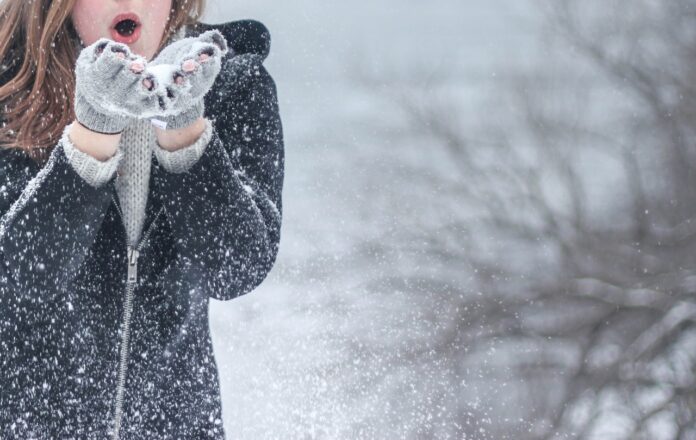
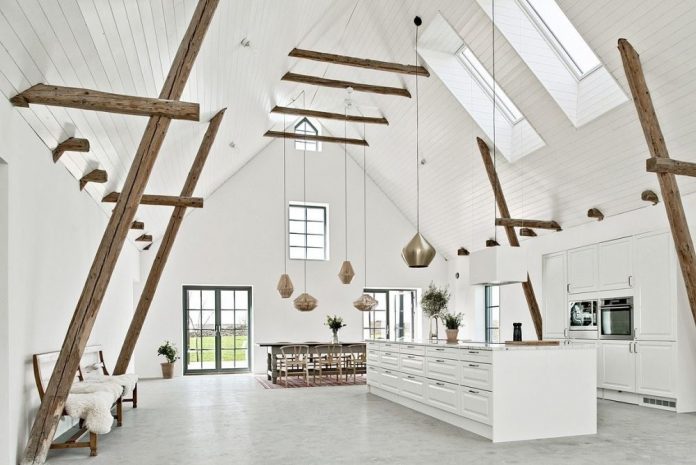

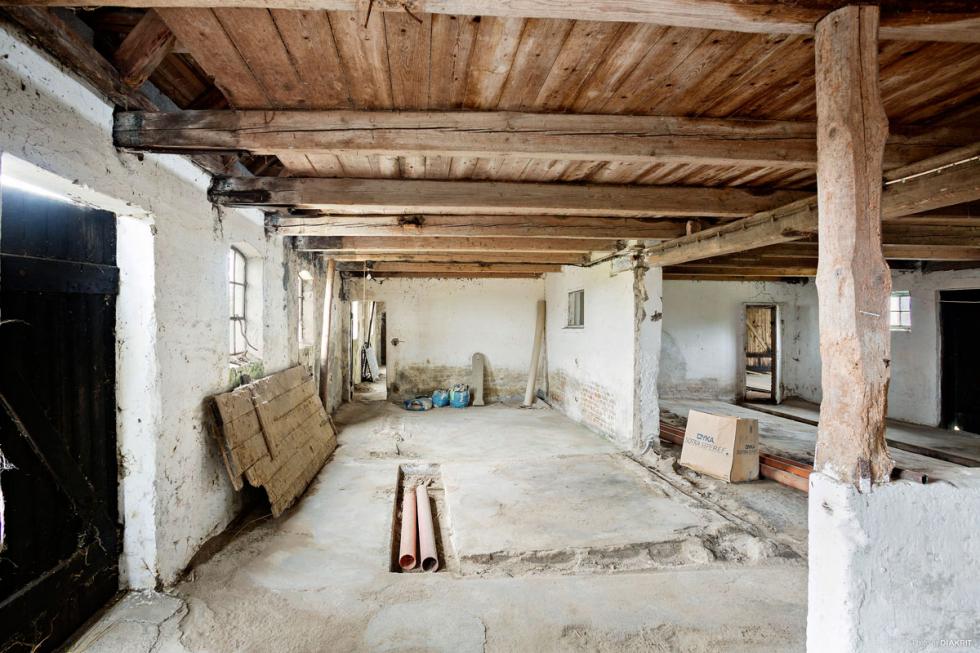 As you can see, the inside of the barn was in need of many repairs. The restoration took around 13 months to complete and everything inside — from the floors to the foundation, air conditioning, and electricity had to be rebuilt.
As you can see, the inside of the barn was in need of many repairs. The restoration took around 13 months to complete and everything inside — from the floors to the foundation, air conditioning, and electricity had to be rebuilt.